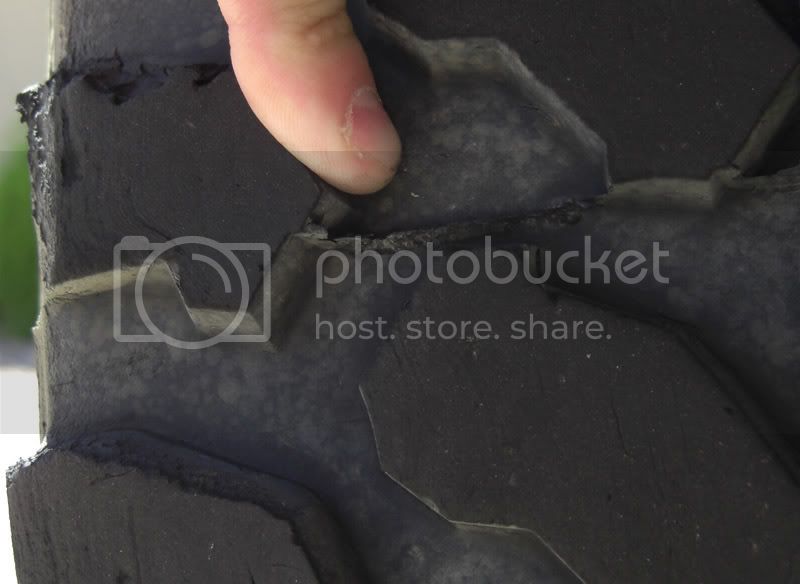I think the concern is natural, but not necessarily founded. I'm guessing here, but if this process had a potential for hazard I think some form of government would address it. I know we see highways littered with the remains of retreads, but there are also many vehicles that suffer conventional tire failure.
edit: from
Tire Retread & Repair Information Bureau
Is Safety Really An Issue With Retreaded Tires?
(And what about all that rubber on the road?)
The biggest problem the retread industry has is the issue of safety, according to a spokesperson for TRIB, the Tire Retread Information Bureau.
The reality is very different from the perception most people have, and that's the problem. Retreaded tires are as safe as comparable new tires, a fact that has been proven by millions of users over many years. Yet, some people are still afraid to use retreads.
Virtually every commercial airline in the world routinely uses retreaded tires on even their largest passenger jets. Thousands of school buses, municipal buses, trucks, taxis, race cars, and millions of motorists safely use retreaded tires. Retreads are also safely used on emergency vehicles such as fire engines and ambulances.
Still, the issue of safety lingers in the minds of many prospective users of retreads. They will often cite rubber on the road as "proof" that retreads can't be as safe as new tires.
The fact is, a large percentage of rubber on the road comes form new tires. In his article, "Tire Life and Failure Analysis", Lawrence R. Sperberg of Probe Scientific Laboratory, El Paso, Texas writes:
The writer once conducted an experiment close to the New Mexico-Arizona border on Interstate 10. He parked, and for a distance of roughly 150 feet on either side of the westbound lanes, he searched and catalogued the tire debris found on the highway shoulders and in the median , taking care to discard duplicate debris from the same tire failures. He found that a different tire has failed for each eight inches of highway length and that roughly two thirds of the failures were new non-retreaded tires and one third were from retreaded tires. He repeated the experiment at selected places between Palo Alto, California and Akron, Ohio with much the same results, although the eight inches between tire failures was never again achieved, although it was approached. That one study consumed over four man hours at the Interstate 10 location cited, plus additional time taken later to recheck everything.
TRIB, the Tire Retread Information Bureau, has a mission to educate consumers and government officials about the environmental and economic advantages of retreaded tires. For additional information, contact TRIB.
info@retread.org





 I really can't argue with the price/performance on them at all.
I really can't argue with the price/performance on them at all.